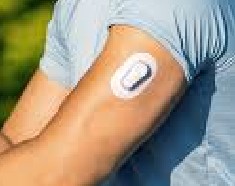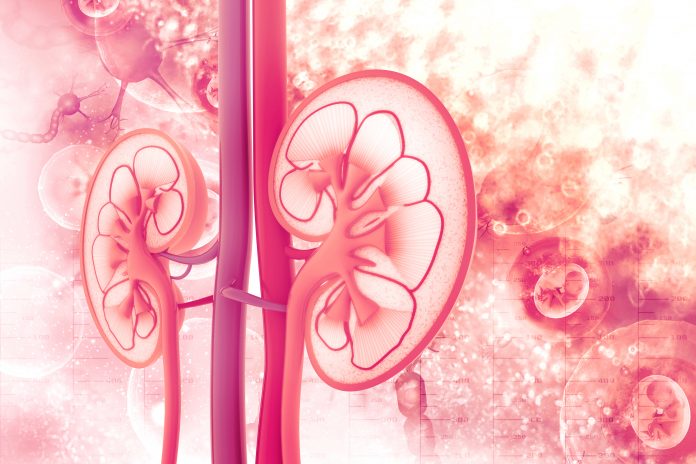
Accuracy of Dexcom G6 Pro and G7 Continuous Glucose Monitors in Patients Treated with Maintenance Dialysis

Accuracy of Dexcom G6 Pro and G7 Continuous Glucose Monitors in Patients Treated with Maintenance Dialysis
Leila R Zelnick, Subbulaxmi Trikudanathan, Yoshio N Hall, Ernest Ayers, Lisa Anderson, Nathaniel Ashford, Evelin Jones, Andrew N Hoofnagle, Ian H de Boer, Irl B Hirsch
Abstract
Background and Aims: Continuous glucose monitors (CGMs) can comprehensively assess glycemic patterns in patients treated with dialysis, in whom conventional biomarkers such as glycated hemoglobin are inaccurate. Nonetheless, adoption of recent versions of CGMs in this population has been complicated by concerns about interstitial volume expansion, interfering substances, and effects of dialysis treatment. This study aimed to examine the accuracy of the G6 Pro and G7 CGM systems (Dexcom, Inc.) compared with self-monitored blood glucose (SMBG) in a dialysis population.
Methods: Twelve participants treated with maintenance dialysis (11 hemodialysis, 1 peritoneal dialysis [PD]) with diabetes wore concurrent G6 Pro and G7 CGMs for a period of 10 days, during which they measured SMBG using a Contour Next glucometer. We summarized CGM-glucometer Pearson correlations, calculated the mean absolute relative difference (MARD) of G6 Pro/G7 and SMBG, created Diabetes Technology Society (DTS) error grids, and investigated the CGM lag time that most closely corresponded with SMBG.
Results: Mean (standard deviation [SD]) age of participants was 50 (12) years, 50% were female, mean (SD) diabetes duration was 24 (9) years, and 92% used insulin. Participants collected 245 SMBG measurements over a total of 178 days of CGM. The Pearson correlations of G6 Pro and SMBG, G7 and SMBG, and G6 Pro and G7 were 0.87, 0.88, and 0.95, respectively. The MARDs of G6 Pro versus SMBG and G7 versus SMBG were 21.2% and 16.7%, respectively; excluding one PD participant with highly variable glucose, MARDs were 18.3% and 13.5%. The DTS error grids showed that 96.7% of G6 Pro and 98.0% of G7 measurements were clinically acceptable (Zones A/B) when compared with SMBG. We observed evidence of greater lag times than previously seen in nondialysis populations and substantial between- and within-person variability in CGM performance.
Conclusions: Among patients with diabetes treated with maintenance dialysis, CGM measurements of glucose had high correlation with SMBG, with better performance of the G7 compared with G6 Pro. MARD was higher than previously reported in nondialysis populations, but most values fell within clinically acceptable ranges. While issues around lag time, sensor placement, and interfering substances that may impact CGM performance warrant further investigation, our study findings support the use of CGM to evaluate glycemia in the dialysis population.











